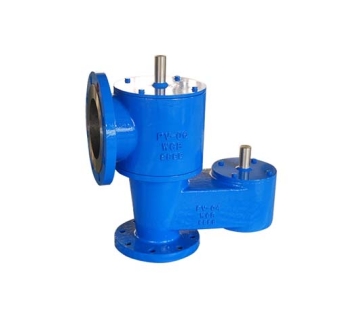Size: 2"~12" (DN50~DN300)
Positive pressure setting: 0.2~103.4Kpa
Negative pressure setting: -0.2~-82Kpa
Design, inspection standard API2000
French standards ANSI B16.5, EN1092, JIS, HG/ T20592-20615, GB/T9113 and other standards
When the pressure in the pressure vessel or tank exceeds a preset value, the internal gas pressure pushes the valve disc (or disc) upward, causing the valve to open and allowing the gas in the container to be discharged, thereby preventing safety issues caused by excessive pressure.
The internal structure of the vacuum discharge breather valve usually includes a pressure valve disc (exhalation valve) and a vacuum valve disc (suction valve), which can be arranged side by side or overlapping. The precise sealing structure between the disc and the seat ensures the tightness under normal working conditions. In addition, the breather valve may contain components such as a guide rod, spring, gland liner, etc., which work together to enable the valve to open and close.
Vacuum discharge breather valves are widely used in industrial fields that need to control pressure fluctuations, such as petroleum, chemical, pharmaceutical, food and so on. In these fields, many equipment need to operate under a certain pressure, and the vacuum discharge breathing valve is an important part to ensure the safe operation of these equipment. For example:
In the petroleum industry, oil storage tanks require breathing valves to keep the pressure in the tank stable and prevent the tank from cracking or deformation.
In chemical production, the reactor needs a breathing valve to control the flow of gas in and out of the reaction process.
In the pharmaceutical and food industries, storage tanks and packaging containers also require breather valves to maintain a stable pressure and gas composition.
